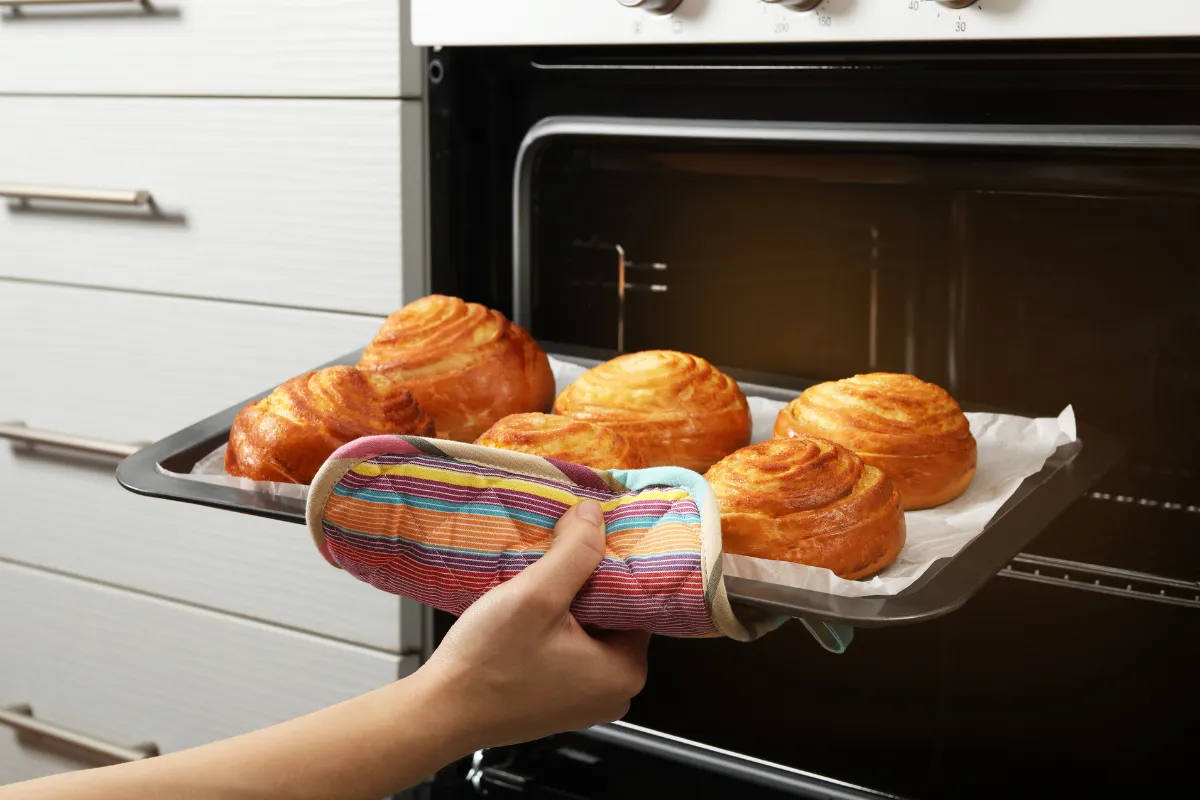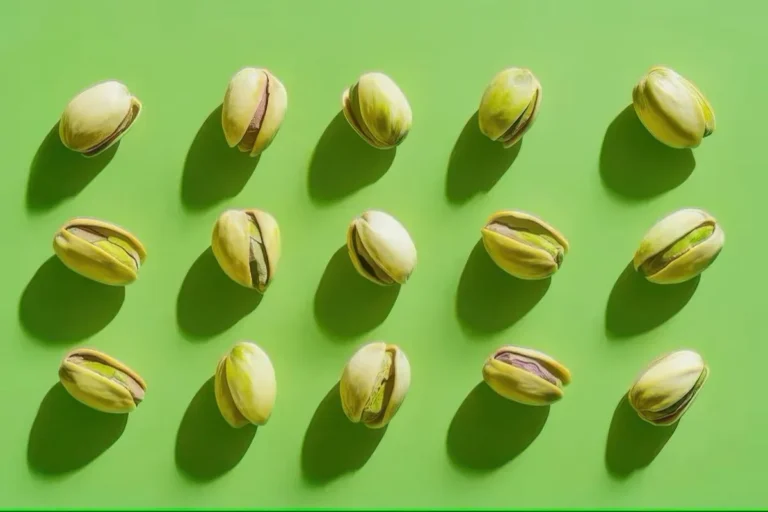Why Doesn’t Baking Paper Get Hot in the Oven?
Reviewed and Fact Checked

If you’ve ever baked, you’ve probably noticed something strange: you can handle baking paper almost immediately after taking it out of a high-heat oven. I certainly wondered about this the first few times I baked cookies. The metal tray burns to the touch, yet the paper lining it feels surprisingly manageable. What’s going on here?
The Truth About Hot Paper
Contrary to what our fingers tell us, baking paper absolutely gets hot in the oven. There’s no temperature-resistant forcefield protecting it! The paper reaches the same blazing temperatures as your pizza, cookies, or roasted vegetables. Yet mysteriously, within seconds of leaving the oven, it seems safe to touch.
The explanation isn’t that the paper never heated up – it’s that it cools down with remarkable speed.
Research paper that explains this phenomenon: The properties and research progress of baking paper
Why Paper Cools So Quickly
I once accidentally brushed my knuckle against both a hot baking tray and the baking paper on it. The tray left a painful burn, while the paper barely had any such heat. This striking difference comes down to three key properties:
- Paper has minimal thermal mass. That’s why it simply can’t hold much heat energy.
- Its extreme thinness means there’s very little material storing heat.
- Paper gives up what little heat it contains almost instantly.
Think of it like two containers of hot water: a swimming pool versus a teaspoon. Both might start at the same temperature, but the teaspoon cools to room temperature in seconds, while the pool stays warm for hours.
The Cooling Process Happens in Moments
When you pull your tray from the oven, several things happen to the paper simultaneously:
- Room-temperature air rushes around it, whisking away heat through microwave or conventional oven.
- Your fingers, when touching the paper, act like heat sponges, quickly drawing away the paper’s minimal stored heat.
- The paper itself radiates heat energy into the cooler kitchen environment.
These cooling mechanisms, working on such a thin material with almost no heat storage, create the illusion of paper that never got hot.
Paper Composition Matters Too
Modern baking paper isn’t just ordinary paper. It’s treated with silicone and sometimes other heat-resistant compounds that serve several functions:
- They prevent your baked goods from sticking.
- They allow the paper to withstand intense heat without burning.
- They affect how heat moves through and out of the paper.
I’ve noticed cheaper baking paper brands sometimes feel hotter to the touch than premium ones. The difference in materials and manufacturing processes actually affects how quickly they cool.
Practical Kitchen Magic
This rapid cooling isn’t just interesting – it’s actualy useful. As someone who bakes regularly, I’ve found I can:
- Pull cookies off a hot tray immediately by grabbing the paper corners.
- Line a still-warm pan for a second batch without waiting.
- Transfer delicate pastries without mangling them.
- Handle hot items by carefully gripping only the paper edges.
Other Materials With Similar Properties
I’ve noticed this same phenomenon with other kitchen materials:
- Thin aluminum foil – though it conducts heat better than paper.
- Paper cupcake liners, which can often be handled right out of the oven.
- Rice paper wrappers.
- Certain thin silicone mats.
Each exhibits varying degrees of this rapid-cooling behavior, though none quite as dramatically as baking paper.
The Psychology of Temperature Perception
Our fingers have a complicated relationship with temperature. They don’t actually sense absolute temperature but rather the rate of heat transfer. Materials transferring heat quickly to our skin (like metal) feel painfully hot, while those transferring heat slowly (like wood or paper) feel much cooler, even at identical temperatures.
I realized this principle one winter when touching both metal and wooden doorknobs outdoors. The metal felt freezing while the wood seemed merely cool – despite both being the exact same temperature.
Final Thoughts
Next time you’re baking, pay attention to how quickly you can handle the baking paper compared to the tray beneath it. The paper isn’t defying physics – it’s demonstrating them perfectly.
Understanding these everyday kitchen phenomena has made me appreciate the subtle science underlying our cooking experiences. The humble sheet of baking paper doesn’t just keep our cookies from sticking; it offers a fascinating glimpse into the principles of thermodynamics at work in our kitchens. Subscribe to Epic Life Tips for more amazing tips.






